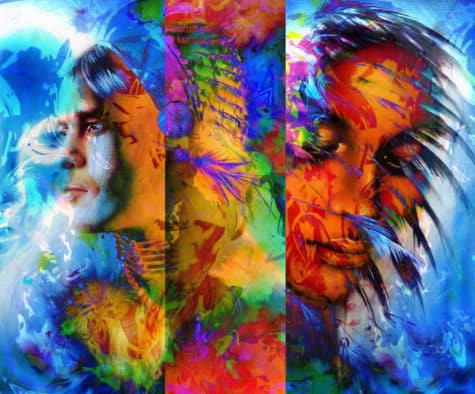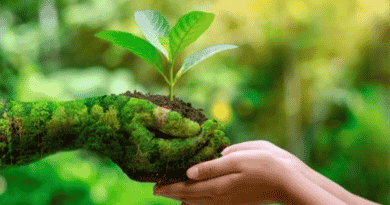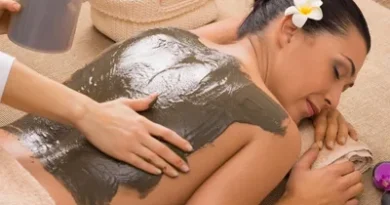Colour Therapy – Improve Health and Fitness with colours
Every substance on earth contains colour. The ray of sun contains seven different colours – violet, indigo, blue, green, yellow, orange and red. These are natural colours which are highly beneficial to the maintenance of health and for healing diseases. Colour therapy is a technique of restoring imbalance by means of applying coloured light to the body. It was a popular method of cure even in ancient times. Some 2,500 years ago, Pythagoras applied colour light therapeutically and ‘colour halls’ were used for healing in ancient Egypt, China and India.
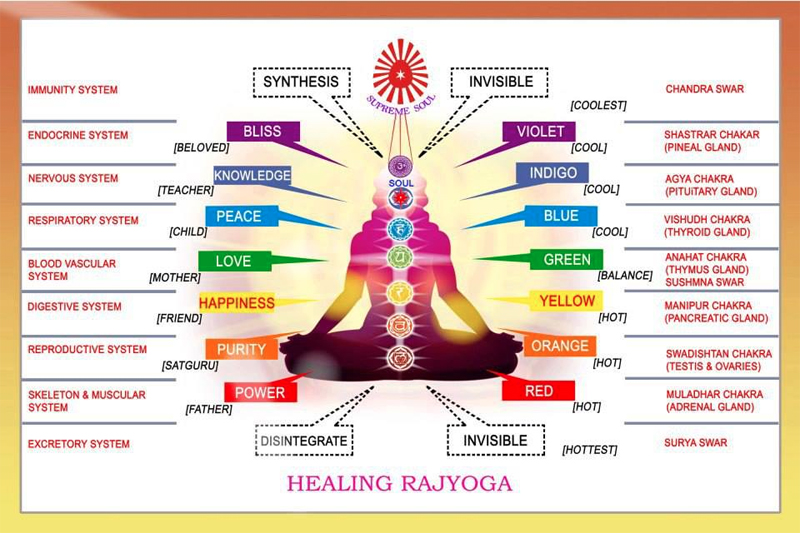
Colour Therapy in Modern era
The pioneer of modern colour therapy was Niels Finsen of Denmark. Following the discovery, in 1877, of the bactericidal action of solar ultra-violet energy, Finsen studied the possibility of assisting the healing of wounds with visible light. He subsequently used red light to inhibit the formation of smallpox scars and, in 1896, founded a light Institute for the photo treatment of tuberculosis. Gerrard and Hessay, two Californian psychologists, scientifically established that blue light has a calming effect and red a stimulating power on human beings.
How colour therapy works ?
A patient is first subjected to an examination to ascertain which colour he lacks. The deficiency is determined by observing the colour of the eyeballs, nails, urine and excrement. In cases of the lack of red the eyes and nails will be bluish, and the urine and excrement white r bluish. If there is a deficiency of the blue colour, the eyes and nails will be reddish, and urine and excrement yellowish or red.
Benefits of Sunlight in diseases
Sunlight plays an important role in the recovery from chronic diseases. Judicious use of sunlight can be part of the curing process in almost every affliction. The rays of the sun improve digestion and nutrition, quickens blood and lymph circulation and increase the elimination of impurities through the skin.
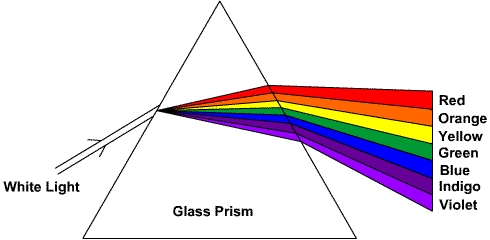
Effect of various colours on the body
Red
Symbolic of heat, fire and anger, it is a stimulating and energising colour. It stimulates arterial blood and brings warmth to cool extremities. Used as a general tonic, it is very valuable in the treatment of diseases like low blood pressure, rheumatism, paralysis, anaemia and advanced cases of tuberculosis.
Orange
Symbolic of prosperity and pride, orange is useful for stimulating blood supply and energising the nerves. It is beneficial in the treatment of kidney and gall stones, hernia and appendicitis. It is also used to stimulate the milk producing action of breast after childbirth.
Violet
Violet is beneficial in the treatment of nervous and emotional disturbances, arthritis, acute cases of consumption and insomnia.

Yellow
Associated with joy and happiness, yellow is laxative and diuretic. It is a stimulant to the brain, the liver and the spleen. It is also effective in the treatment of diabetes, ingestion, kidney and liver disorders, constipation, eye and throat infections, syphilis and impotence.
Purple
Purple or indigo combines the blood-warming red and the cooling antiseptic blue. It is an excellent stimulant without being an irritant. It is beneficial in the treatment of advanced stages of constipation, hydrocele, leucorrhoea, many disorders of the stomach and womb, cataract, migraine and skin disorders. It exerts a soothing effect on the eyes, ears and the nervous system.
Green
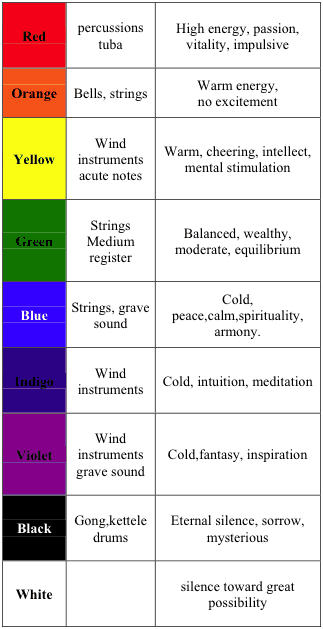
Made up of blue and yellow, green is regarded as a colour of harmony. It is a mild sedative. It is useful in the treatment of nervous conditions, hay fever, ulcers, influenza, malaria, colds, sexual disorders and cancer. It preserves and strengthens eyesight. Being highly medicinal and depressive, it is of great help in the treatment of inflammatory conditions.
Blue
Cool, soothing and sedative, blue alleviates pain, reduces bleeding and heals burns. It is beneficial in the treatment of dysentery, colic, asthma, respiratory disorders, high blood pressure and skin aberrations. In a study at the New England State hospital in the United States, 25 members of the staff with normal blood pressure were bathed in blue light for half an hour. It resulted in universal fall in blood pressure. The blood pressure rose when red light was applied.
Methods of Treatment
There are two methods of treating diseases by colour :
- By the application of light through different coloured glasses and
- By external or internal use of colour charged water
In the first method, sheets of glass, 30 cms * 36 cms, of the required colours are needed. These are placed at the window frames or any other convenient place in such a way that the sun’s rays can pass through them and fall directly on the patient’s body. The usual duration of treatment is 30 minutes. In case of local application, a pane of glass can be placed in front of the diseased part so that the light passing through the glass falls on the affected part. At night lanterns can be used for purpose.
In the second method, coloured bottles are needed. These bottles should be cleaned and filled up to three-fourths level with fresh well water, distilled water or rain water. Bottles should be corked and then placed in bright sunlight for three to four hours. After this exposure, the water is said to acquire medicinal properties and this colour charged water can be used both internally and for external applications. Wounds and ulcers can be washed with this water and it can also be used to massage the affected parts. For internal use, an adult can take 30 ml of colour charged water as a single dose. The dose can be repeated as required.
Colour Therapy through diet
Colours are also a part of various food groups. The patients should take food items with analogous colouring. The various colours contained in different food items are :
Red : Beets, radish, red cabbage, tomatoes, watercress, most red skinned fruits, red berries and water melon
Orange : Orange skinned vegetables and fruits such as carrot, orange, apricot, mango, peach and papaya
Violet : Egg plant, berries, black carrot and purple grapes
Yellow : Lime and melon, sweet lime, grapes, pumpkin, melon, banana, mango, yellow apple and guava
Purple : Food having both blue and violet colouring
Green : Most of the green vegetables and fruits such as gourds, spinach, plantain, lettuce, pea, green mango, gooseberry, pears, beans etc.
Blue : Blue plum, blue beans, blue grapes etc.
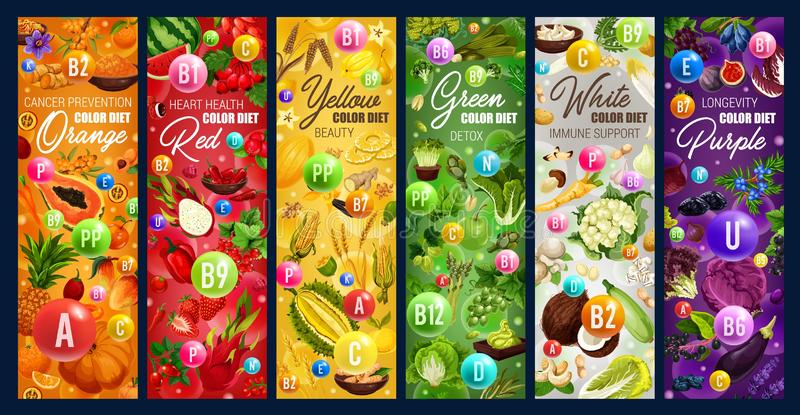
Measures/ Precautions during Colour therapy
The red colour would be injurious in a naturally inflammatory condition of the system, and in case of persons with feverish and excitable temperament. If the red light is employed for too long and frequently, it may produce dangerous fevers. The danger can be obviated by using the red light for a few minutes at a time or placing a wet bandage over the head.
Similarly, yellow should not be used when the nerves are very active or irritable. Yellow or orange reddish tones may prove injurious in fevers, acute inflammation, delirium, diarrhoea, neuralgia, palpitaition of the heart and any condition of over-excitement.
In cases of paralysis, chronic rheumatism, gout, consumption and in all cold, pale and dormant conditions of the system, blue, indigo and violet may prove too cooling and constricting and should be avoided.

